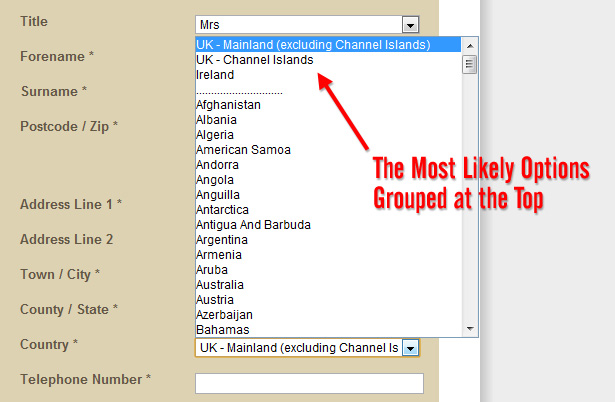80/20 Rule:
- The 80/20 rule is originally observed by Italian economist Vilfredo Pareto. Actual principle was named the Pareto Principle.
- The 80/20 rule is also known as Pareto Principle. The 80/20 rule asserts that approximately 80 percent of results in a system come from 20 percent of the causes.
- In webdesign it will reduce down to feature 20 percent the most rewarding and which produces 80 percent of whatever you want to achieve.
- Do not spend too much time optimizing stuff that falls in the 80 percent that's not often used.
- Web design follows the 80/20 principle. It means that your website will have better user experience and more powerful content.
- If you want better conversion rate your web site needs 80/20 optimization plan. You will get better results from your web site.
- With a less complex webdesign you will achieve a much better conversion rate.

How to apply it?

- First step you need to take is to identify what your main purpose is having a web site.
- Keep refining your content by removing those elements that are not really necessary.
- Analyse analytics and usability of data carefully to determine your 20 percent most used functions.
- Focus on most important aspects of your website or web app enhance those.
Reduce the selection time by placing a top selected items in first place


- Simplify your designs and layouts based on data that determines what falls under the 20 percent most used functions.
- Remove noncritical functionality or content that's not used often.
- Do not invest too much money and time optimizing lesser user functionality since the return on your investment likely be poor.
- Pareto principle in web design makes your website more simplification, optimization and prioritization.
Its Importance:
- All the advantages of applying the Pareto principle in web design will be better user experience, simpler and will have fewer distractions.
- Page response times will be faster and your website will be better quality.
Implementing a optimization
